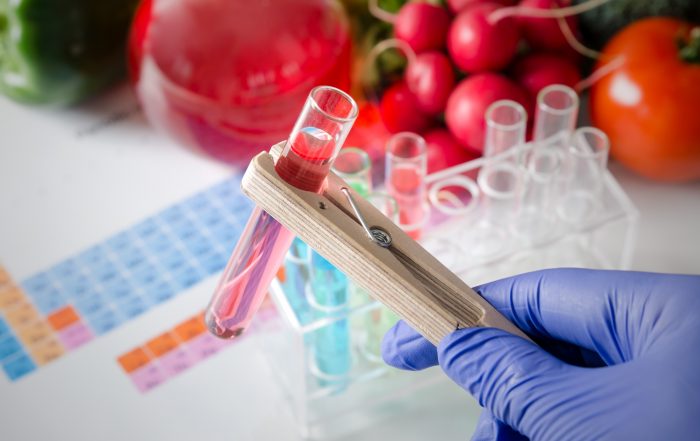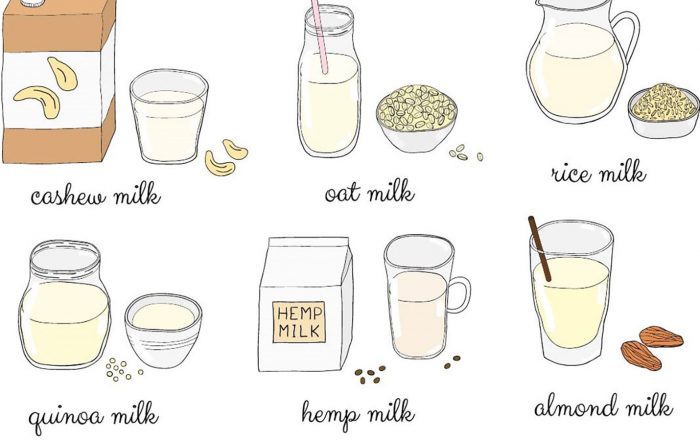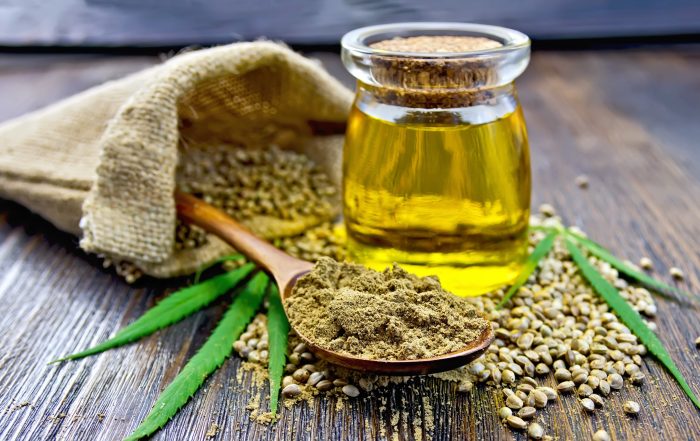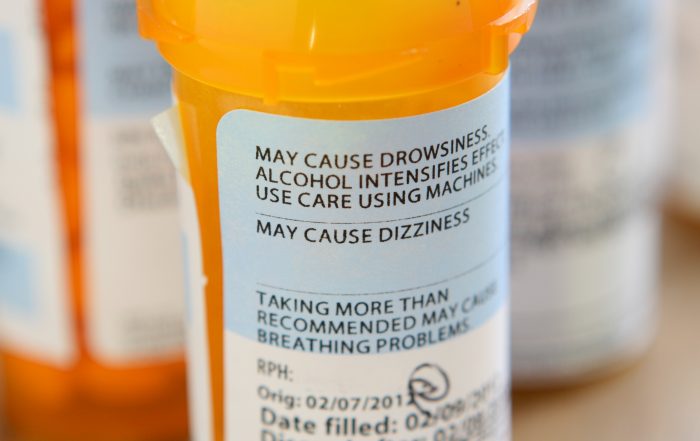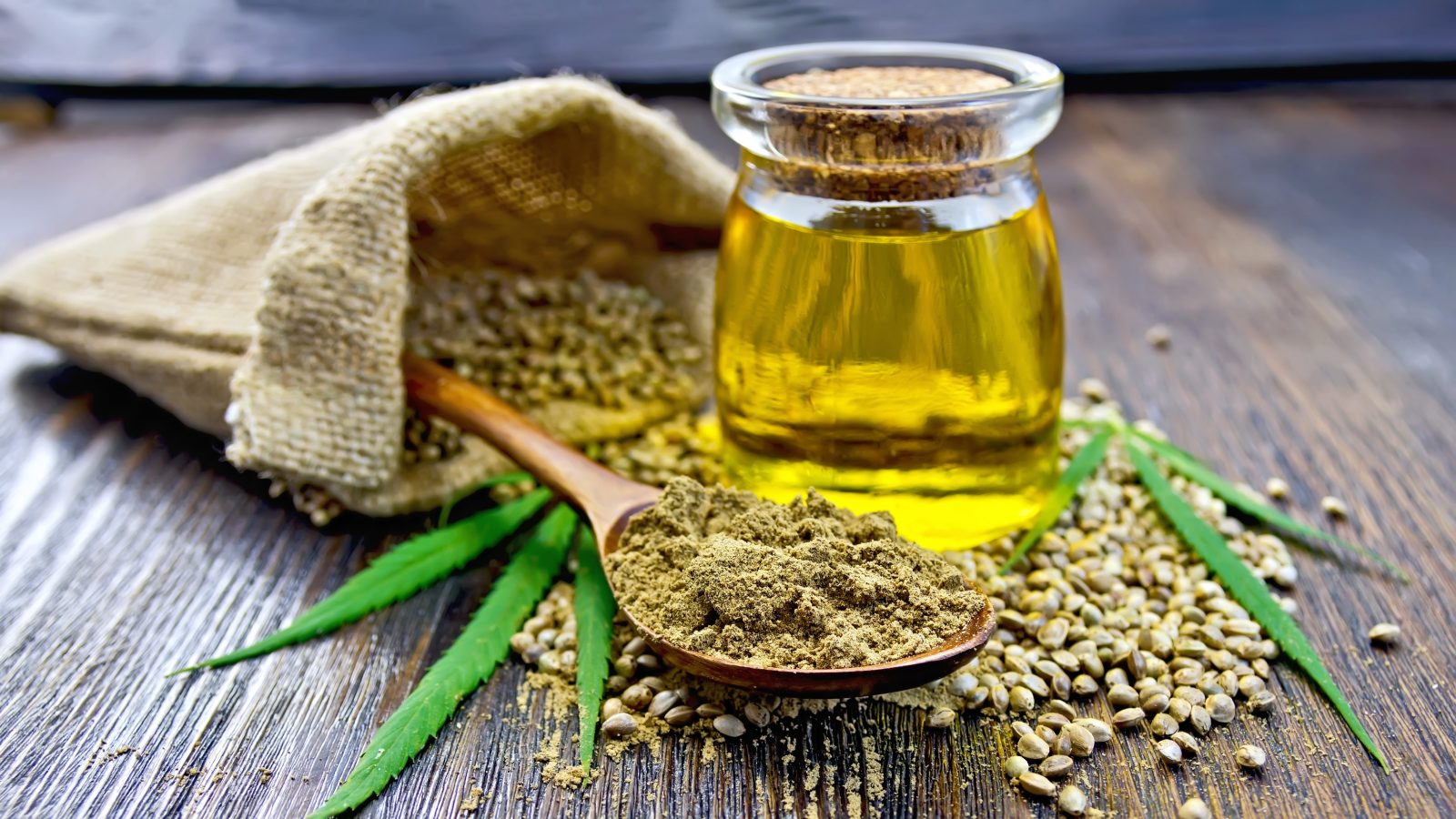
The Legalization of Hemp
by Marian J. Lee
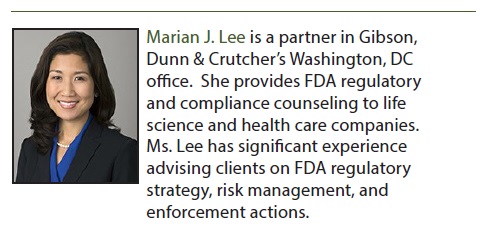 The Agriculture Improvement Act of 2018 (2018 Farm Bill) marks a watershed in the regulation of cannabis in the United States. While the crop remains highly regulated, the law makes hemp production and distribution legal under federal law and establishes a framework of shared oversight by federal, state, and Indian tribe authorities. The 2018 Farm Bill permits the interstate transfer of hemp products for commercial or other purposes, and it requires compliance with a state, tribal, or U.S. Department of Agriculture (USDA) plan for hemp production. The law also makes hemp eligible for valuable financial protections available to other agricultural commodities, such as crop financing and insurance. Implementation will require rule making by the USDA, the drafting or revising of existing state and tribal laws, and the development and approval of hemp production plans. Furthermore, critical questions remain regarding the federal regulation of hemp when used in products regulated by FDA, such as the use of cannabidiol (CBD) in foods and dietary supplements.
The Agriculture Improvement Act of 2018 (2018 Farm Bill) marks a watershed in the regulation of cannabis in the United States. While the crop remains highly regulated, the law makes hemp production and distribution legal under federal law and establishes a framework of shared oversight by federal, state, and Indian tribe authorities. The 2018 Farm Bill permits the interstate transfer of hemp products for commercial or other purposes, and it requires compliance with a state, tribal, or U.S. Department of Agriculture (USDA) plan for hemp production. The law also makes hemp eligible for valuable financial protections available to other agricultural commodities, such as crop financing and insurance. Implementation will require rule making by the USDA, the drafting or revising of existing state and tribal laws, and the development and approval of hemp production plans. Furthermore, critical questions remain regarding the federal regulation of hemp when used in products regulated by FDA, such as the use of cannabidiol (CBD) in foods and dietary supplements.
Hemp is a fast growing and easily cultivated plant that has wide-ranging applications, including the production of fibers, paper, construction materials, and FDA-regulated products such as foods, nutritional supplements, cosmetics, and the recently approved drug, Epidiolex (cannibidiol) Oral Solution.1 Hemp, like marijuana, derives from the Cannabis sativa plant, but contains minimal levels of the psychoactive compound, delta-9 tetrahydrocannabinol (THC). The 2018 Farm Bill defines hemp as Cannabis sativa L. and “any part of that plant, including the seeds thereof and all derivatives, extracts, cannabinoids, isomers, acids, salts, and salts of isomers,” with no more than a 0.3 percent concentration of THC. Any cannabis plant that contains more than 0.3 percent THC falls outside the scope of the new law.
The 2018 Farm Bill removes hemp from the Controlled Substances Act (CSA), which previously had placed hemp along with other cannabis compounds in Schedule 1.2 Before the new law, the Agricultural Act of 2014 (2014 Farm Bill) had permitted the growing and cultivation of industrial hemp, but for research purposes only by institutes of higher education, state departments of agriculture, or under a state agricultural pilot program for industrial hemp. In 2016, the USDA, Drug Enforcement Administration (DEA), and FDA issued a joint “Statement of Principles,” which stated that “[i]ndustrial hemp plants and seeds may not be transported across State lines.”3 The 2018 Farm Bill clears and clarifies the path for the cultivation and interstate distribution of hemp for both research and commercial purposes.
State and Tribal Plans for Hemp Production
The 2018 Farm Bill leaves key aspects of implementation to the states and tribal governments, which can exercise “primary regulatory authority” over the production of hemp by obtaining approval for a plan to monitor and control the production in their jurisdictions. The plan must describe procedures for maintaining records of the land used in hemp production, testing THC levels in the hemp, disposing of plants that are in violation of the law, complying with enforcement provisions, conducting inspections, and submitting licensure and other relevant information to USDA. The state or Indian tribe also must certify that it has the resources to implement the proposed plan.
Within 60 days of receiving a state or tribal plan for hemp production, USDA, in consultation with the U.S. Attorney General, must approve or deny the plan. If a state or tribe forgoes development of a plan, or USDA revokes an approved plan, the state or Indian tribe will be subject to a hemp production plan established by USDA.
USDA must annually submit to Congress a report containing updates on the implementation of hemp production programs.4 USDA also must collect and make accessible to federal, state, territorial, and local law enforcement, real-time information regarding the status of any license or other authorization for all hemp producers, whether participating under a state, tribal, or USDA plan.
Preemption
The 2018 Farm Bill does not explicitly preempt the patchwork of state and tribal laws that currently regulate cannabis. In fact, the law gives the states and Indian tribes significant flexibility to maintain or establish more stringent parameters on the production of hemp, as long as they do not prohibit the transport or shipment of hemp through the state or Indian territory. State laws vary in how they define hemp and control access to it, and states are poised to revisit existing regulations and consider new legislation following the 2018 Farm Bill.
Violations and Enforcement
The ramifications of noncompliance range from corrective action plans to a permanent bar on participation in hemp production. USDA is authorized to conduct audits of states and tribal governments for their compliance with an approved plan. For the first instance of noncompliance, USDA may require a corrective action plan. Subsequent noncompliance can result in USDA’s revocation of the plan’s approval.
If a hemp producer negligently violates a hemp production plan, the producer will be required to comply with a corrective action plan that includes periodic compliance reporting to the relevant state or tribal authority or USDA for at least two calendar years. Three strikes results in a time out: a hemp producer that negligently violates the state or tribal plan three times within a five-year period will be ineligible to produce hemp for five years. A violation “with a culpable mental state greater than negligence” will be immediately reported to both the U.S. Attorney General and the chief law enforcement officer of the state or tribe.
Felony convictions and the falsification of material information have significant consequences. Any person convicted of a felony relating to a controlled substance under any state or federal law is ineligible from participation for 10 years following the date of the conviction, unless the producer was lawfully participating in a state hemp pilot program under the 2014 Farm Bill before the enactment of the 2018 Farm Bill. Any person who materially falsifies any information in their application to participate in hemp production will be barred from future participation.
Support for Research on Hemp
Hemp research received important support under the 2018 Farm Bill, which makes the crop eligible for funding under the Critical Agricultural Materials Act as a product “of strategic and industrial importance” for research and development promoted by USDA.5 The law also requires USDA to evaluate the hemp research pilot program conducted pursuant to the 2014 Farm Bill, including the economic viability of the domestic production and sale of industrial hemp and hemp products.
Evolving FDA Regulation
The 2018 Farm Bill establishes USDA’s “sole authority” to issue guidelines and regulations regarding the production of hemp but explicitly states that the authority of FDA and the Secretary of Health and Human Services under the Federal Food, Drug, and Cosmetic Act (FDCA)6 and section 351 of the Public Health Service Act7 are unaffected by the new law. With the passage of the 2018 Farm Bill, FDA Commissioner Scott Gottlieb acknowledged the “potential opportunities” and the need for an “efficient regulatory framework” to govern cannabis products, but he emphasized that FDA would continue to take enforcement action when needed to protect the public health.8
FDA’s recent history of enforcement and public statements make clear that the claims about cannabis-containing products remain a chief concern, particularly the promotion of certain foods and dietary supplements that contain CBD. FDA objects to the promotion of these products for “drug” claims, that is, for use in the diagnosis, cure, mitigation, treatment, or prevention of disease, or to affect the structure or function of the body. FDA is concerned that these products, “with uncertain dosages and formulations can keep patients from accessing appropriate, recognized therapies to treat serious and even fatal diseases.”9
One of the FDA-approved drug therapies is Epidiolex, an oral CBD solution that is indicated for the treatment of seizures associated with two rare and severe forms of childhood-onset epilepsy, Lennox-Gastaut syndrome and Dravet syndrome, in patients two years of age and older. Epidiolex is the first FDA-approved drug that contains a substance derived from marijuana. As part of its new drug application, GW Pharmaceuticals submitted three randomized, double-blind, placebo-con-trolled trials as well as nonclinical and clinical studies to demonstrate the low potential for abuse posed by CBD.10
The FDA approval of Epidiolex meant that the drug no longer met the criteria for placement in Schedule I of the CSA because the drug has a currently accepted medical use, and the DEA subsequently moved Epidiolex to Schedule V, which is the least restrictive schedule of the CSA. In doing so, the DEA adopted a limited approach, specifying that any preparations other than Epidiolex or generic versions of it, “including any non-FDA-approved CBD extract,” that fell within the CSA’s definition of marijuana would remain in Schedule I.11
Apart from product claims, FDA has asserted that CBD products are excluded from the dietary supplement definition because of the clinical investigations of drugs containing CBD, such as Epidiolex. Under the FDCA, if a substance is authorized for investigation as a new drug for which substantial clinical investigations have been instituted and made public, then any product containing that substance falls outside the definition of a dietary supplement.12 While there is an exception if the substance was “marketed as” a dietary supplement or a conventional food before the new drug investigations were authorized, FDA has taken the view that this was not the case for CBD.
Importantly, FDA recently announced that it is considering whether to pass a regulation that would permit the use of a pharmaceutical ingredient in a food or dietary supplement. Such a move would require that the ingredient satisfy other requirements of the FDCA, including those required for food additives or new dietary ingredients, which could pose a challenge for certain hemp-derived ingredients. In the meantime, FDA is distinguishing hemp ingredients that do not contain, or contain de minimis levels of, CBD when used in foods. FDA had “no questions” regarding three Generally Recognized as Safe (GRAS) notices for hemp seeds, hemp seed protein, and hemp seed oil: therefore, these ingredients can be legally marketed in human foods for the proposed uses without food additive approval.13
Congress continues to press FDA to facilitate access to products containing hemp-derived ingredients, particularly CBD used in foods and dietary supplements. In January 2019, Senators Ron Wyden (D-OR) and Jeffrey Merkley (D-OR), two of the authors behind the hemp provisions of the 2018 Farm Bill, urged FDA “to immediately begin updating regulations for hemp-derived CBD and other hemp-derived cannabinoids, and give U.S. producers more flexibility in the production, consumption, and sale of hemp products.”14 The senators requested a description of the steps taken to clarify FDA’s authority and the legal pathways for cannabis to be used in foods, beverages, and dietary supplements.15
Conclusion
The regulation of CBD is poised to have a starring role in FDA’s public meeting “in the near future” to discuss the agency’s regulation of cannabis and cannabis-derived compounds.16
Update Magazine
February/March 2019
- CRS Report, Hemp as an Agricultural Commodity, updated July 9, 2018.
- 21 U.S.C. § 801 et seq. Drugs, sub-stances, and certain chemicals used to make drugs are classified into five schedules depending upon the drug’s acceptable medical use and the drug’s abuse or dependency potential. Schedule 1 substances are defined as having no currently accepted medical use and a high potential for abuse. See 21 U.S.C. § 812(b)
- “Statement of Principles on Industrial Hemp,” 81 Fed. Reg. 53395-53396 (Aug. 12, 2016).
- See 7 U.S.C. § 1639r.
- 7 U.S.C. § 178 et seq.
- 21 U.S.C. § 301 et seq.
- 42 U.S.C. § 262.
- FDA Statement, “Statement from FDA Commissioner Scott Gottlieb, M.D., on signing of the Agriculture Improvement Act and the agency’s regulation of products containing cannabis and cannabis-derived compounds,” Dec. 20, 2018.
- FDA News Release, “FDA approves first drug comprised of an active ingredient derived from marijuana to treat rare, severe forms of epilepsy,” June 25, 2018.
- See id.
- DEA, Final Order, “Schedules of Controlled Substances: Placement in Schedule V of Certain FDA-Approved Drugs Containing Cannabidiol; Corresponding Change to Permit Requirements,” 83 Fed. Reg. 48950-48953 (Sept. 28, 2018); DEA, Press Release, “FDA-approved drug Epidiolex placed in schedule V of Controlled Substance Act,” Sept. 27, 2018, https://www.dea.gov/press-releases/2018/09/27/fda-ap-proved-drug-epidiolex-placed-sched-ule-v-controlled-substance-act.
- See 21 U.S.C. § 321(ff)(3)(B)(ii).
- See id.
- Letter from Senators Wyden and Merkley to FDA Commissioner Scott Gottlieb, Jan. 15, 2019, https://www.wyden.senate.gov/imo/media/doc/011519%20FDA%20CBD%20Hemp%20Letter.pdf
- See id.
- FDA Statement, “Statement from FDA Commissioner Scott Gottlieb, M.D., on signing of the Agriculture Improvement Act and the agency’s regulation of products containing cannabis and cannabis-derived compounds,” Dec. 20, 2018.

